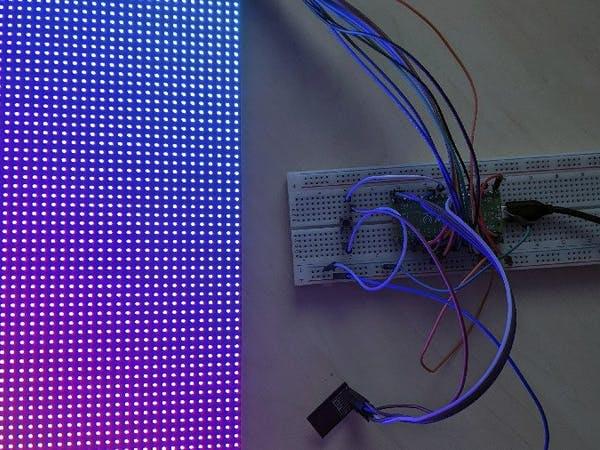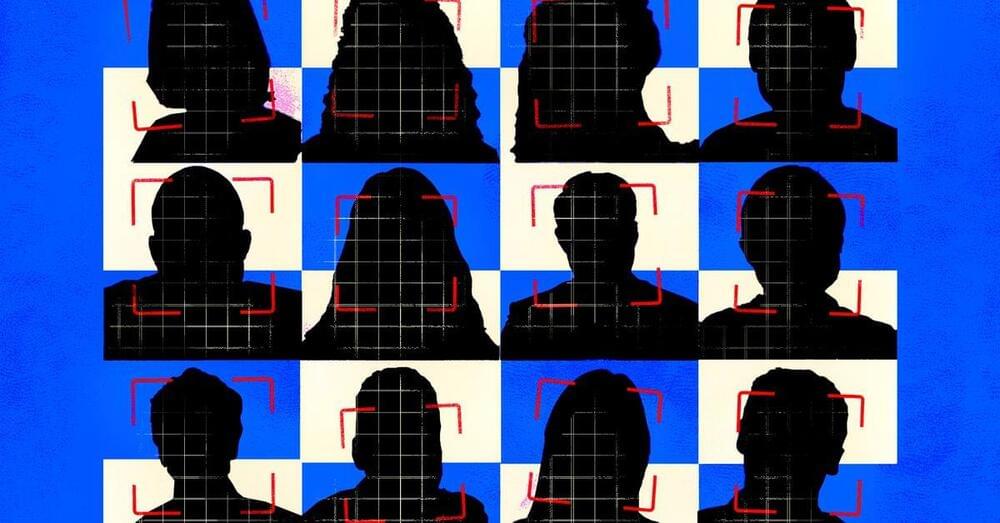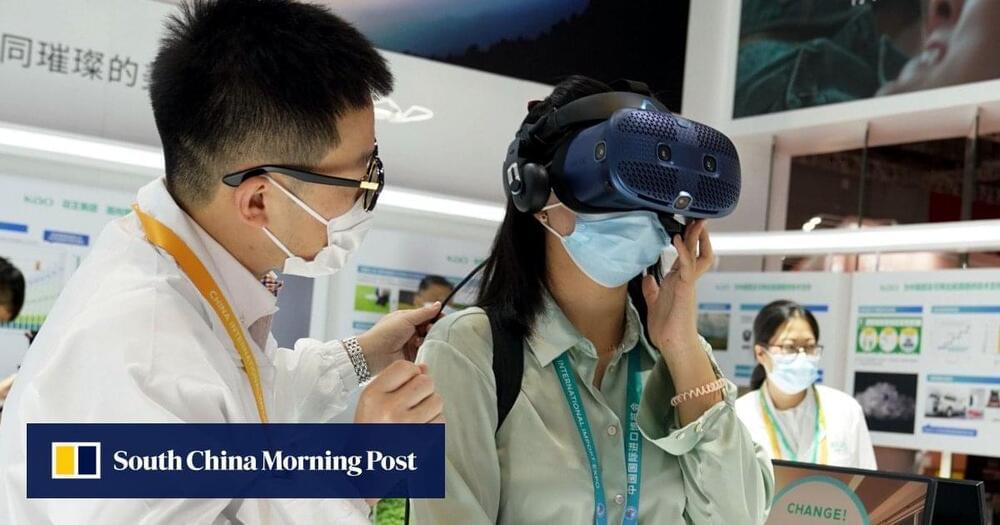They have cheap labour.
With China aggressively expanding in various fields like artificial intelligence, 5G networking, semiconductors, and more, it appears that the nation will be overtaking the US in 21st century technologies within just a decade.
The news arrives from a recent report from Harvard, which is titled “The Great Rivalry: China vs the US in the 21st Century” that was published by the Belfer Centre for Science and International Affairs at the Harvard Kennedy School in Cambridge, Massachusetts. The report adds that “China’s rapid rise to challenge US dominance of technology’s commanding heights has captured America’s attention.” It further adds that in some areas China “has already become No 1. In others, on current trajectories, it will overtake the US within the next decade.”







